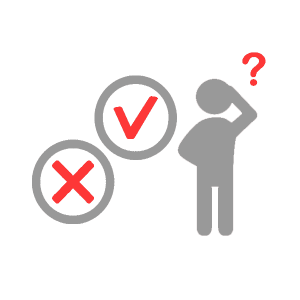
Home » Personal Development Archives » Neuro-Linguistic Programming Archives » NLP Conversational Postulates

Did someone ever asked you something like “Do you know what time it is.”? And you told them the exact time? Welcome to NLP Conversational Postulates. The most logical answer to this question is either Yes or No.
Conversational Postulates typically elicit a response, rather than a literal answer. So, can you give me some more examples of Conversational Postulates now? I think you can. It depends rather now on if you provide a response or a literal answer. Are you reading this? NLP Conversational Postulates.
Before you are in the field of applying this beautiful technique, you have to do something first. You have to first think about the response you want to get! Let’s clarify that. To use Conversational Postulates there is an easy way to do it.
For example, you want someone close the window for you. The second step is to identify at least one thing that must be true if that person shuts the door. In other words, you are identifying what your outcome presupposes. In this example it presupposes that “The person is able to shut the window”, and that “The window is open now.”NLP Conversational Postulates.
The last step is to take one of those presuppositions and turn it into a yes/no question. “Can you please close the window?”, or “Is the window open?” Congratulations, you now have a question that will generally get you a response without directly asking for it! NLP Conversational Postulates.
Have fun reading our articles about Indirect Elicitation Patterns and the NLP Milton Model and the exercises we provide you here online.
Remember, to increase your efficiency as a NLP Practitioner, know your positive intention for the message you want to convey, build rapport and pay attention on what and how you use language. Leave people and business in a better place that where you found them, every day! Put yourself to work and start making the NLP Meta Model part of your knowledge. The sooner you start, the sooner you benefit.NLP Conversational Postulates.
Mind Tools provides NLP Practitioner and NLP Master Practitioner Trainings and Certifications. We educate you according to the renowned, latest and highest standards set by the Society of NLP. We will train you thoroughly in all the corners of Neuro-Linguistic Programming and some extras we learned from Dr. Richard Bandler directly.NLP Conversational Postulates.
Our Licensed NLP Practitioner Training starts in:
On Checkout use the code NLPNOV25DISCOUNT and gain an extra 10% off our already discounted price.